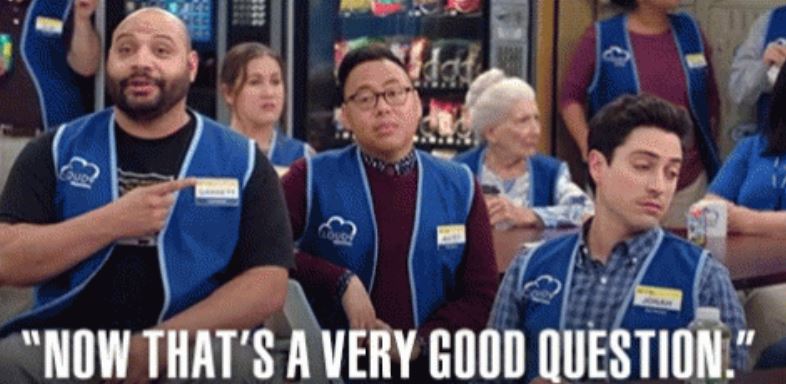Could you imagine anything worse than producing a brilliant article, meeting a tight deadline, and then having three article views (your proofreader, a friend and a random article clicker who isn’t particularly interested in the topic)? All of this because your headline suggests that your reader is in for a snooze fest.
media update’s Nicole van Wyk shares eight tips on how to dazzle your reader from the moment you pen the title of your article.
Here are eight things you need to do when crafting your next headline:
1.Use emotive language
There are a number of ways to appeal to people emotionally. You could have an inspirational one-liner or a tear-jerking description of the the hardship your article’s subject has had to endure.
Using emotive language is a great way to instantly grab the attention of a reader — this is what you are hoping to achieve, remember? Always consider the kind of response you are trying to get from your audience. There’s no point in jotting down something that will get readers riled up to the point of them displaying disinterest in the rest of your article.
For example, reminiscing about events that have sentimental value would be ideal to include if you were trying to evoke feelings of nostalgia, while using a striking word such as ‘death’ would trigger fearful or sad emotions.
2. Shock factor
Let’s be clear: offensive material is not what you’re aiming for. But, you do want to catch a reader off guard with a shocking statistic or fact. Make a statement that will
shake the table, so to speak. You want to encourage the reader to explore their creative imagination or even go so far as to suspend their disbelief.
For example:
“33 000 girls become child brides every day”

3. Include topical keywords
If you want to make sure that readers are hanging onto every word, then you’d better make sure your headline is topical and that you’re up to date with the latest buzzwords and jargon.

Make sure that you know what these words mean. You don’t want to end up throwing a bunch of words together that’ll make no sense because you didn’t do your research. #Awkward. Don’t try too hard to be hip or cool — just make sure that your material is organic. It needs to sound sincere and be clear.
Identify the demographic your article is appealing to and then draft a headline that speaks directly to that group.
4. Keep it short
When you write a short headline, you’ve already gripped a reader’s attention because they don’t assume that the article is going to be
long and tedious to read.

Keep it punchy but still make it informative. Be sure to focus on the most important message you’re trying to convey in the article and use that as your point of departure.
5. Have a humourous element
If you are considering taking this angle, then prompting a LOL is exactly what you need to hit the bullseye. A little
punny never hurt nobody so give it a go.

Use puns to give your headline a kick! Turn frowns upside down by giving readers something to laugh about. Making light of an otherwise unfortunate situation is exactly what some might need and, because a particular subject may be receiving negative coverage, more readers will be keen to read your lighter take on things.
6. Allude to debunking myths

Who you gonna call?
Mythbusters! Make it sound like you’re about to go on an adventure. Your headline has got to be convincing enough to get your reader on board.
So be certain that the headline promises clarity on a mysterious subject and is enticing enough to keep your reader hanging on by a thread — from the word go up until your very last sentence.
7. Have a call to action
Challenge people to take immediate action. You want to push an agenda that makes people feel like they belong and are a
part of a greater purpose. Your headline should evoke a sense of urgency. Using words and phrases like ‘now’, ‘today’ or ‘it is your time’ will get them to support your cause and be interested enough to read! Read! Read!

8. Pose a question
Nothing piques curiosity like a thought-provoking question. Readers will want to know the answers to questions and
your content should provide those answers. Ambiguous questions and straight forward questions are equally important.

For example:
“Are you doing your bit for society?”
versus
“Do you recycle?”
Both types of questions will leave something up in the air. This is good because you want the reader to read on and find the answers,
don’t you?
Do you judge the amount of time you’re going to spend reading an article based on the headline? Let us know in the comments section below.
*Image courtesy of Vecteezy